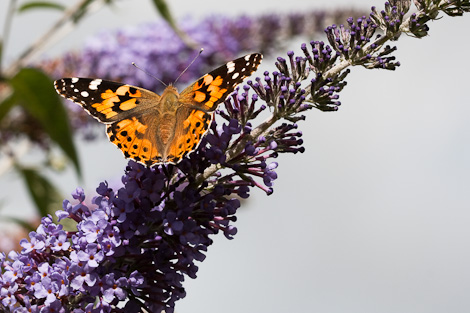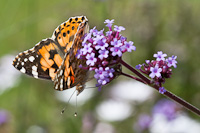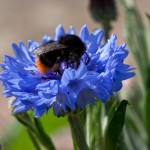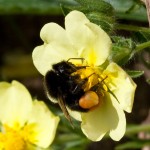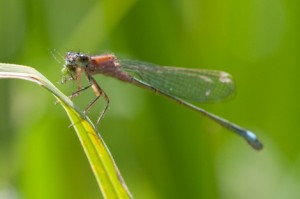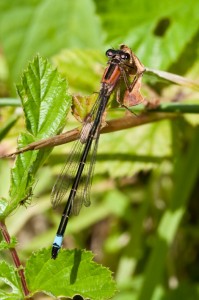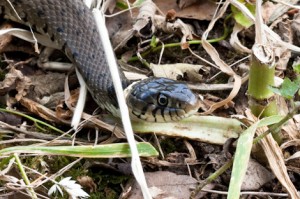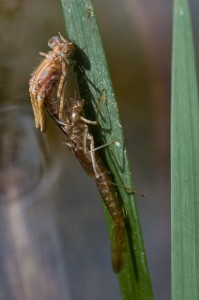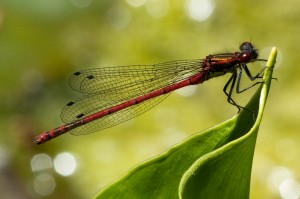When I was younger I heard various references on the television to booming bitterns (I watched quite a few nature programmes as a child). I have never seen or heard a bittern, but, as I don’t live near a reed bed, I am not surprised or too disappointed (although I have seen reports of one at Brandon Marsh, so maybe one day…).
I have always thought of them as secretive and elusive, but never as incredibly rare in the UK, which is what I discovered when reading an article in the June 2009 issue of British Wildlife. The RSPB website estimates that there are 75 breeding (booming) males, but the magazine article puts the number of nest sites as closer to 40. So, why the interest? There are two reasons.
Along with many other species of animals and birds, bitterns used to be quite common, and, yes, you’ve guessed, they used to be regulars at the dinner table. However, bittern pies and the decline in suitable habitat (reedbeds) led to their extinction, although they resettled in the 1950s and have been making a slow and steady comeback.
The second reason is linked to climate change. By far the majority of the current breeding population is in Suffolk – that LOW lying part of the country. There is a fear that the increased possibility of storm surges in this part of the country poses a major threat to the reed beds that are frequented by bitterns. (Did you know that the Thames barrier, when first built in the 1980s was operated approximately once a year, more recently it is in use 6 times each year because of increased storm surges.) The worry is that saltwater incursion from high tides and storm surges will make the reedbeds uninhabitable for many species, including the bittern.
However, there is some good news. Bittern numbers have increased since a major initiative was launched to safeguard their habitats, and, at a faster rate than was initially hoped for. The RSPB, Natural England and the Wildlfe Trust are joining forces to make new habitats for the bitterns away from the coast. It is hoped that by siting these close to current nesting areas some pairs will move over. They are also trying to make sites which have booming males but no evidence of nesting activity a little more attractive in the hope that the forlorn male will have more chance of attracting Miss Right – more fish maybe.
In addition they are allowing nature to take its course – some sea defences (shingle banks) which were naturally formed have been buggered about with by well intentioned people resulting in a change of profile. This was in the misguided hope of boosting sea defences, but it hasn’t worked, the water has still breached the defences, vegetation hasn’t colonised and the water hasn’t been able to percolate away – bit of a mess really. At last common sense has prevailed and we are learning that nature made something for a reason.
So, fingers crossed for the bittern and its associated friends that live in the reed beds, hopefully we will soon know how many and where they are and give them a chance of survival, if not a sea view.
